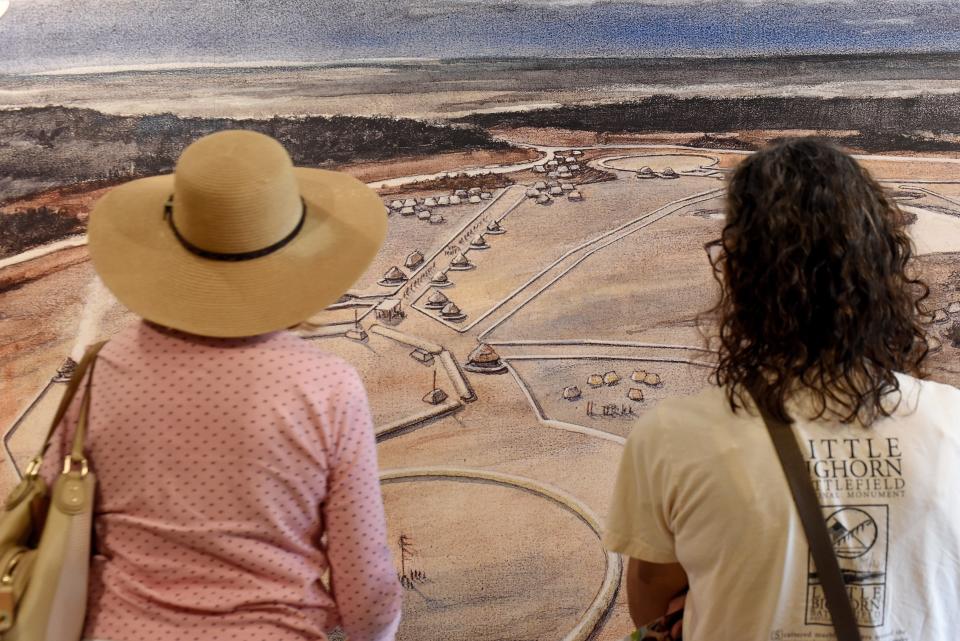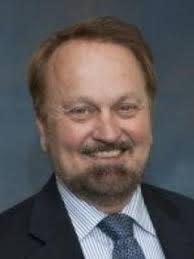Newark Earthworks: World Heritage for all vs. golf for a few
Earlier this month, a local television station news ran a story which painted a very one-sided picture of the battle over access to our Newark Earthworks. In covering only the grievances of golfers who don’t want to move, it failed to explain why the site is significant to the world, what it might mean for Ohio to open access to it, or why anyone might object to playing golf on one of the key Native American sites in the nation, a 2000-year-old cultural marvel.
Local people have been playing golf on the site of the Newark Earthworks for over a century, and for much of that time it has been leased to the Moundbuilders Country Club—but let’s be clear how that happened. It was purchased with taxpayer dollars in the 1890s and was given by the city of Newark to what is now the Ohio History Connection (OHC) in 1935.
Our ancestors here in Licking County voted to raise their own taxes to save this site for the enjoyment and enlightenment of all. Except that didn’t quite happen. A few years after the town bought it, a small group of Newark elites began playing golf at the Octagon, and eventually they managed it as a private golf course, leased from the OHC and open only to members for most of the year.
The OHC has been trying to buy out the lease for several years. Failing that, it has initiated eminent domain proceedings as Ohio law says it has the right to do. The country club has objected in court. Governor Mike DeWine’s office represented the OHC in this process while he was the state’s attorney general. Two state courts have already said that state law allows the OHC to take this action and the matter is currently before the Ohio Supreme Court.

The United States has officially nominated the Hopewell Ceremonial Earthworks to be its 25th World Heritage Site, joining such sites as Yellowstone, the Statue of Liberty, and Monticello.
World Heritage is a big deal. It’s originally an American idea, proposed to UNESCO (the United Nations Educational Scientific and Cultural Organization) by Democrat Lyndon Johnson and accomplished with the support of Republican Richard Nixon. But though there are now over 1,000 sites included on the World Heritage List around the world, the U.S. only has 24.
UNESCO has indicated that they will almost certainly approve our nomination, adding Newark's Octagon and Great Circle earthworks along with six other Hopewell sites across Ohio to the world’s most prestigious list of cultural and natural wonders. To be included on the World Heritage List, sites must be of outstanding universal value, something that both the U.S. Department of the Interior and representatives of UNESCO have said the Hopewell sites exhibit. The Octagon Earthworks here in Newark is the most impressive of the Hopewell Ceremonial sites—and it belongs to the public, not to the golf club.
World Heritage will matter to Licking County. Cahokia, a mound site in Illinois built 1,000 years after our Earthworks, became a World Heritage Site three decades ago and now appears in nearly every American history textbook. It receives hundreds of thousands of visitors from around the nation and the world each year.

While the Newark Earthworks, like all Native American places, was in the past not sufficiently recognized, in recent decades much more has been learned about the remarkable skill it took to build earthworks to such precise standards. Evidence also makes it increasingly clear that our Newark Earthworks played a key role in the cultural convergence of a large section of ancient America.
The country club may want to imply that this site is only good for golfing on, but that is not the truth. Experts around the globe now agree with Native peoples that this site is highly significant to our understanding of North American history. It is indeed “world” heritage—and it is right here in our county! If the country club has its way, the rest of the Hopewell sites will be declared World Heritage sites, but we in Newark will have lost out on the chance to show the world the most significant site of all, right here in our town.
Instead, we will be known as the town that plays golf on a recognized major ancestral American site. Our nation has experienced a cultural shift that has changed the way we think about those whose ancestors were not born in Europe. Most people no longer consider it appropriate to play golf on what was carefully constructed as an ancient American Indian ceremonial and gathering site.
But what about the golfers? Well, there are at least 17 golf courses in Licking County—and none of the rest of them are on top of a World Heritage Site, a marvel of ancient builders and astronomers, and a continent-wide gathering place.
Richard Shiels, a retired history professor, is the founding director of The Ohio State University’s Newark Earthworks Center. Elizabeth Weiser is an OSU professor of rhetoric and museum studies. Together with Tim Jordan, they co-edit the forthcoming The Fertile Earth and the Ordered Cosmos: Reflections on the Newark Earthworks and World Heritage.

This article originally appeared on Newark Advocate: Newark Earthworks: World Heritage for all vs. golf for a few

